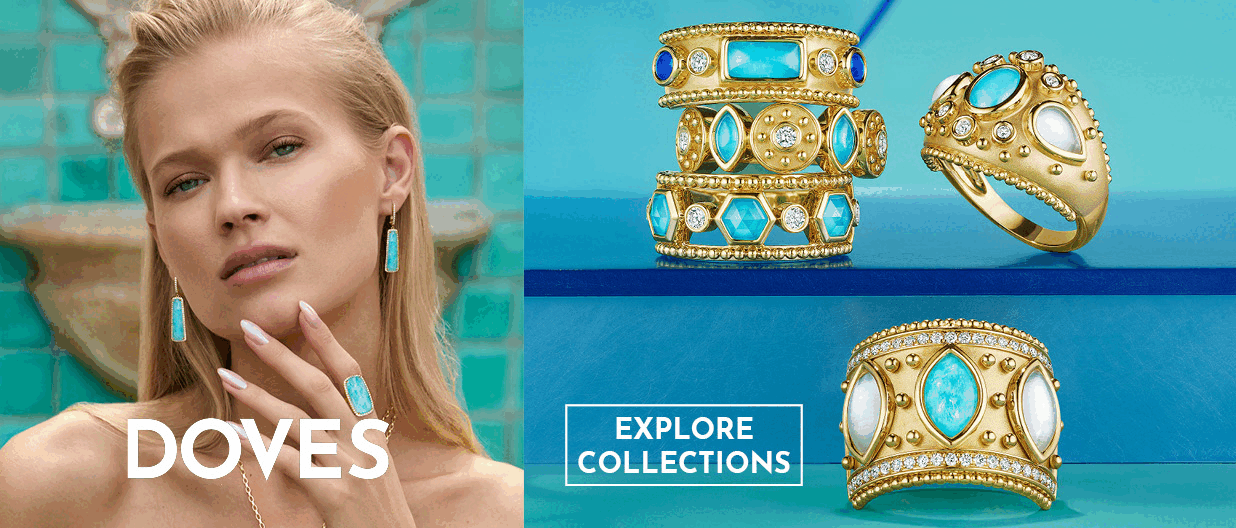Sales Strategy
Guest Editorial In Response To Richard Wise’s Strategy To Sell More Color | March 29, 2017 (1 comment)

Queensland, Australia--The article in the last edition of The Centurion Sales Strategy Newsletter about Richard Wise’s seminar at the Centurion Show prompts a response from me.
In my opinion, it is not only the commoditisation of diamonds, but the emergence of “lab-grown” diamonds and associated disclosure issues that will eventually lead to the contraction of the market for diamonds. I agree completely with Richard’s assessment that branding of diamonds will be ineffectual and that coloured stones will NOT become a commodity. However, I also believe that the gemstone industry peak bodies will be unable to manage the introduction of lab grown diamonds into the market, and as stated above, the diamond market will dramatically contract.
Indisputable trends are continuing unabated, seemingly in opposition to the traditional “one size fits all” approach. In a world which seems to favour commoditisation through “technological sameness” there is a trend for personalisation particularly in the fashion and jewellery sectors.
Consumers, particularly younger consumers are increasingly desirous of having unique pieces with unique gemstones, an understanding about a gemstones’ provenance and having an assurance of the authenticity of the gemstones used in the jewellery piece. Questions like where was the gemstone mined, under what conditions was it mined and has it had any further enhancement (treated or untreated) are becoming more common and important in today’s world.
The emergence of fair-trade, ethical sourcing and environmentally friendly processes will continue to grow as consumers expect this information to be at hand. Forward thinking jewellery designers and retail jewellers are well in-tune with these trends and taking steps to better understand these features.
Richard’s advice for jewellers to become more involved in the coloured gemstone market is sound, yet presents some challenges. As admirable as his suggestions are, not everyone has the time or ability to engage in these undertakings. These tasks can present some real questions about where to start or just what to do. Going to Tucson is good advice; however, Tucson has its own challenges and is for a limited time, once a year. Going overseas to many of the places gems are mined can also present real problems.
My suggestions are to use the technology that is in everyone's hands these days. Seek out people that are closely connected to the source of the gemstones. Spend time getting to know individuals and the material that he/she represents, and how they can help you in your own client relationships. Ask questions/engage in conversation and listen to responses. Do the research on the person, create the relationship. Confirm legitimacy and authenticity.
Learn about the product, its features, its uniqueness and particularly the attributes that make the product valuable and special. Invite people to “tell the story” of the gemstones and teach and train others as you take this journey.
Then perhaps take the overseas trip, seek out the sources and enjoy the experiences.
In my view, traditional gemstone procurement is becoming redundant with changing technologies and social expectations concerning a gemstones authenticity and provenance. This coupled with the continued emergence of personalisation of jewellery, sets the future trend for all involved in the gemstone/jewellery business. We all need to be well prepared for this future.
Ian Bone, @capricorngems; www.capricorngems.com.au






